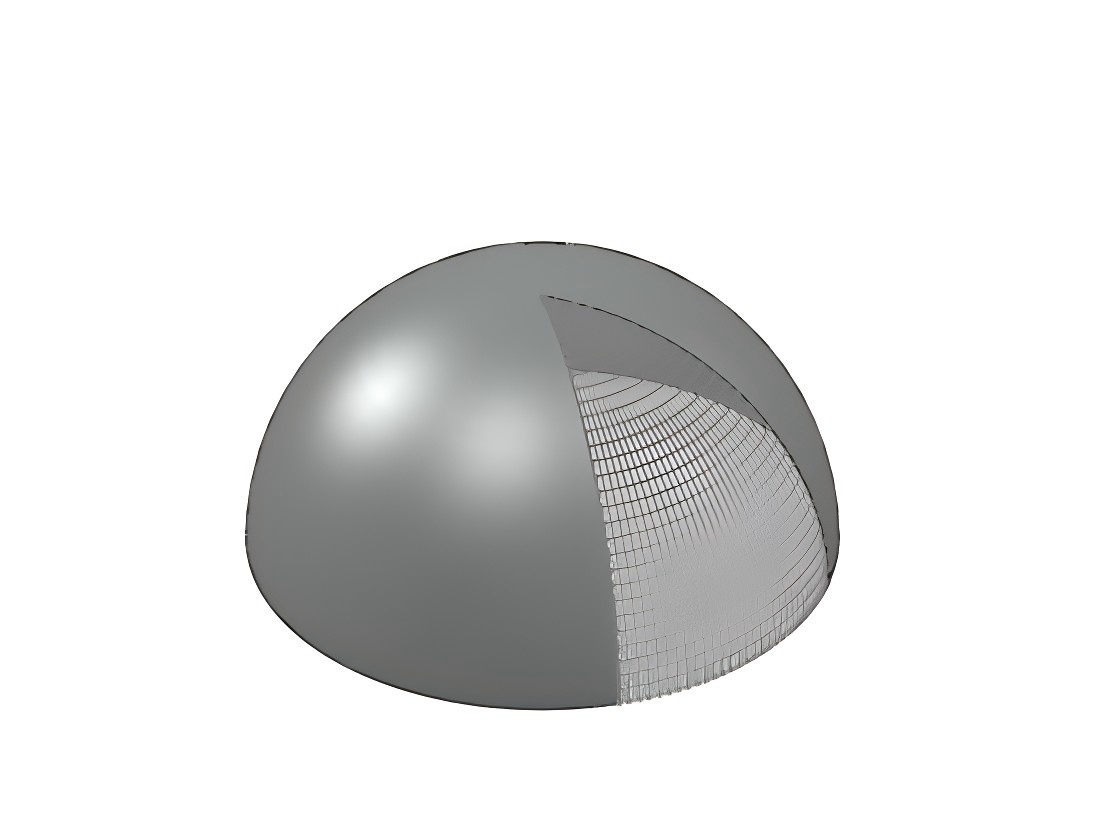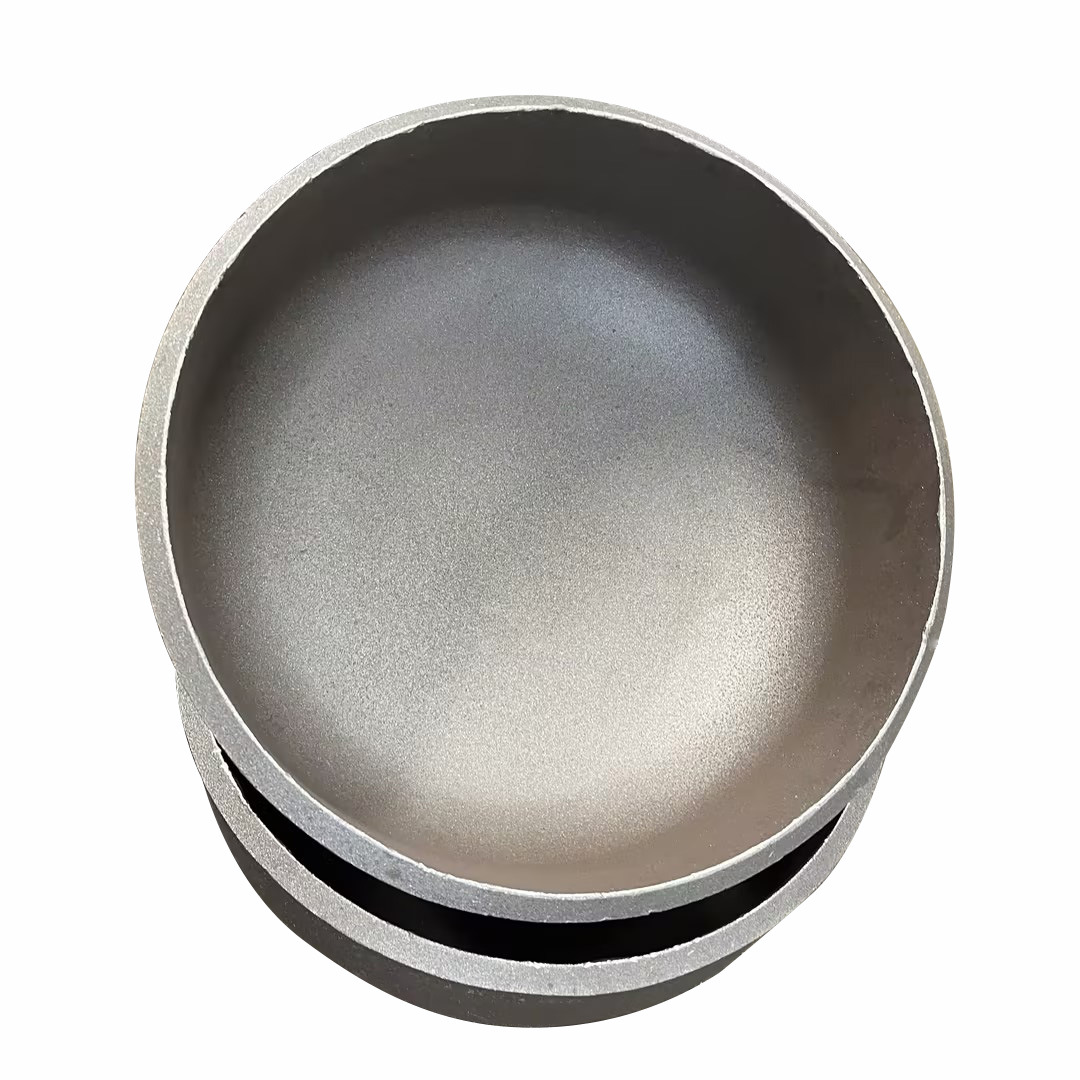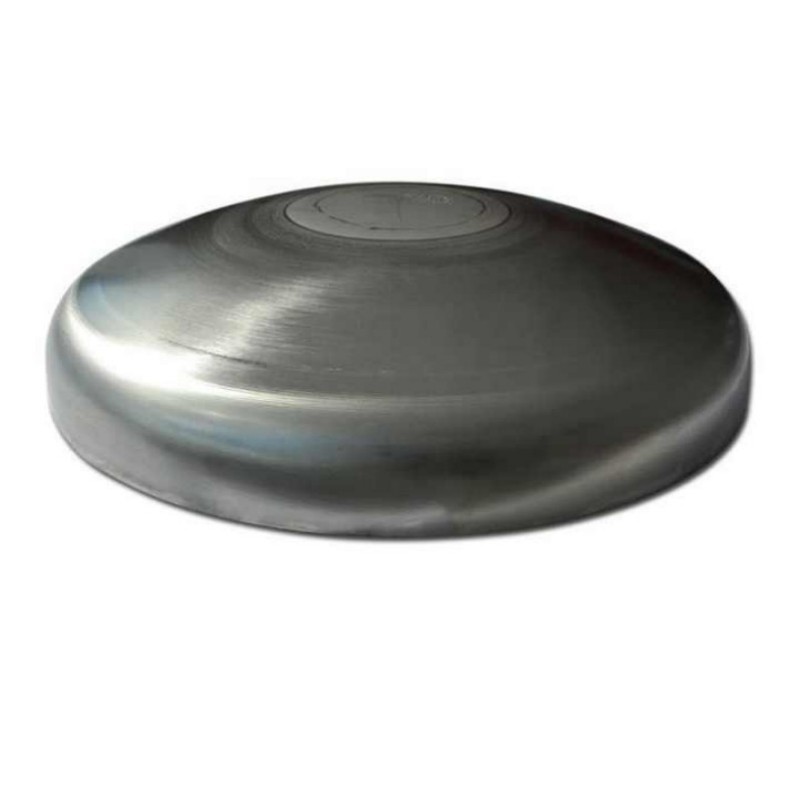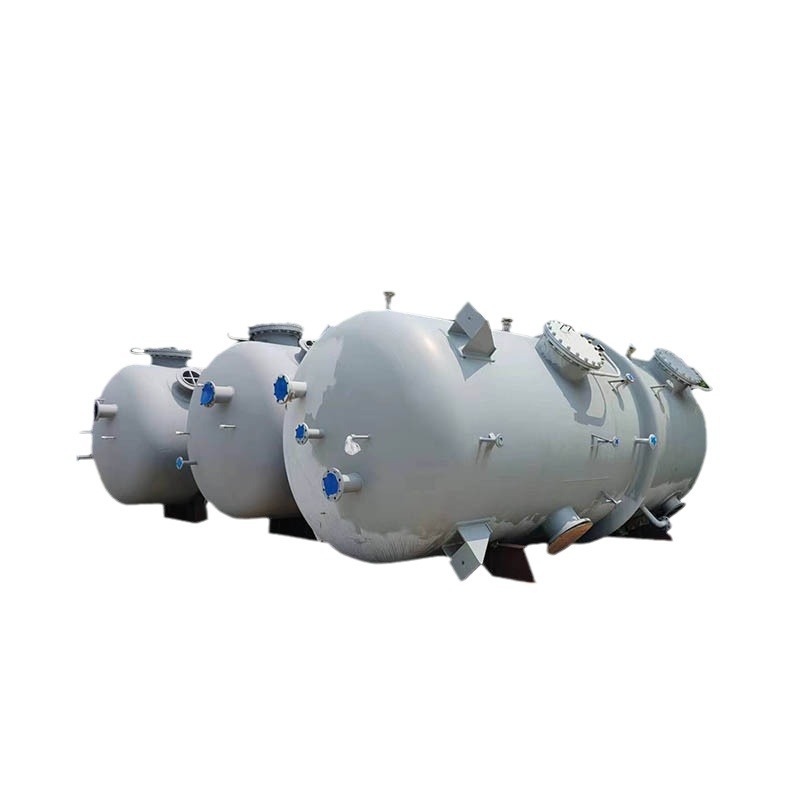Comparison of Cold and Hot Forming Characteristics for Head Manufacturing
Upload Time:
Dec 09, 2024
Cold forming and hot forming processes is different for head manufacturing.
This article compares the characteristics of cold forming and hot forming processes for head manufacturing.
Material Integrity
Cold forming does not require heating, thus preventing material degradation, which is especially important for stainless steel heads. In contrast, hot forming involves heating, which can cause material deterioration and reduce the corrosion resistance of stainless steel heads, making it unsuitable for such applications.
Dimensional Accuracy and Consistency
Cold forming, being a process that does not involve heating, avoids issues like cooling shrinkage, ensuring that the shape remains clear and neat, with precise dimensions and excellent consistency. On the other hand, hot forming leads to the expansion of the mold and cooling shrinkage of the head, making it harder to control the size and resulting in lower consistency.
Surface Finish
Cold forming maintains the original smooth and aesthetically pleasing surface of the head after shaping. In contrast, hot forming causes significant scaling on the surface of the head, which is difficult to remove, compromising the appearance.
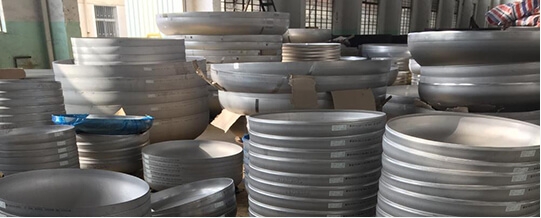
Material Integrity
Cold forming does not require heating, thus preventing material degradation, which is especially important for stainless steel heads. In contrast, hot forming involves heating, which can cause material deterioration and reduce the corrosion resistance of stainless steel heads, making it unsuitable for such applications.
Dimensional Accuracy and Consistency
Cold forming, being a process that does not involve heating, avoids issues like cooling shrinkage, ensuring that the shape remains clear and neat, with precise dimensions and excellent consistency. On the other hand, hot forming leads to the expansion of the mold and cooling shrinkage of the head, making it harder to control the size and resulting in lower consistency.
Surface Finish
Cold forming maintains the original smooth and aesthetically pleasing surface of the head after shaping. In contrast, hot forming causes significant scaling on the surface of the head, which is difficult to remove, compromising the appearance.

Relevant News
